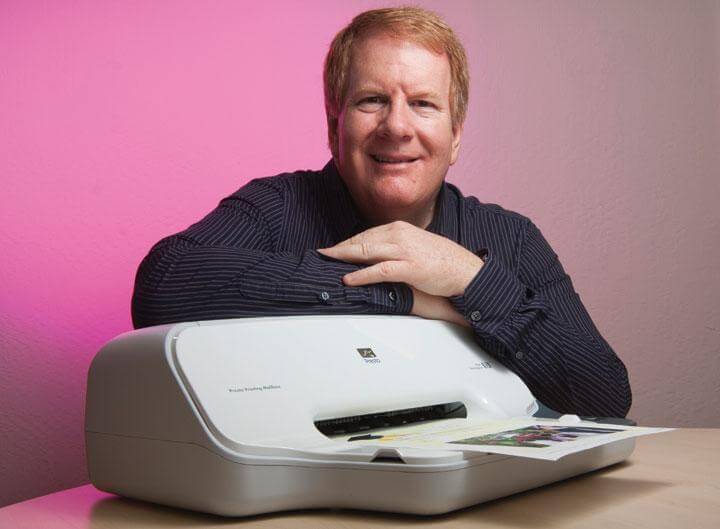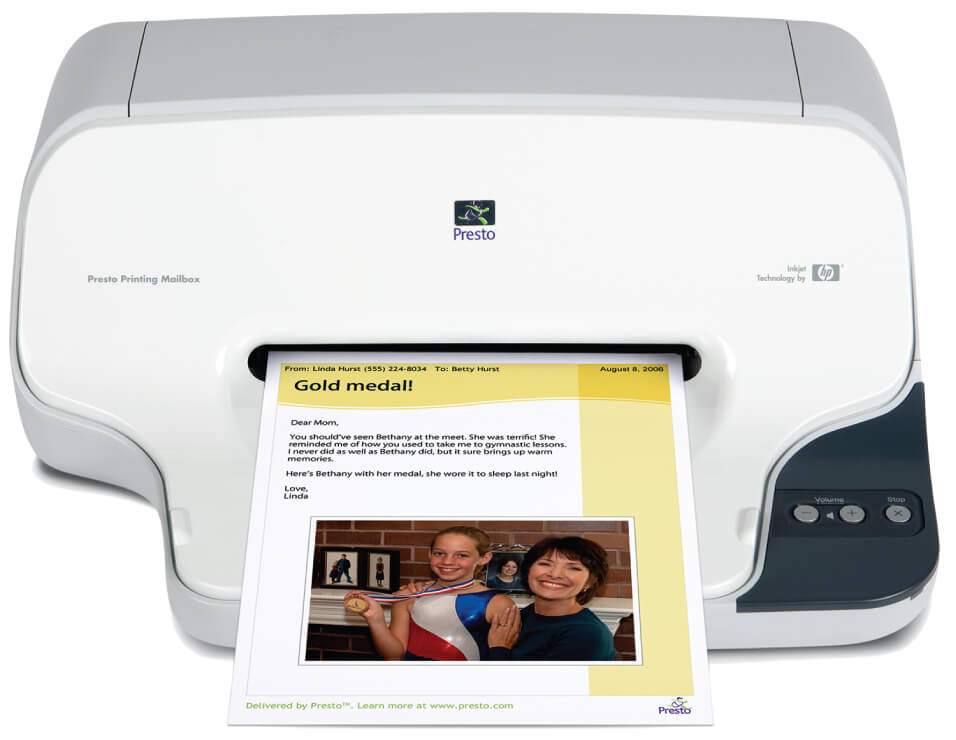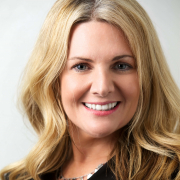Meet the Innovators: Peter Radsliff, CEO Presto Services
Q&A With Leaders in Technology and Aging
We recently had the pleasure of talking with Peter Radsliff, CEO of Presto Services. We’re featuring highlights from that conversation today in our ongoing blog series on innovators in the Technology and Aging industry.
Q: Hello, and thanks for talking with us. To start off, can you tell us a little about yourself?
A: My name is Peter Radsliff and I’m CEO of Presto Services. I’m a longtime consumer tech marketing and product guy. I’ve developed and launched a lot of new products in my career. I’ve worked for a well-known consumer electronics brand, a Fortune 100 company, and have been an executive at five venture-backed tech startups. Presto is my latest startup and I’ve been there the past 8 years.
Q: How did you get into the aging industry?
A: It’s funny, while I was working for a Fortune 100 company, I got a call from a recruiter. They identified me as a person who might be a good candidate for the first VP of Marketing hire at Presto when the company was being formed. After about 15 interviews, I ended up not taking the job because it didn’t make financial sense to leave some stock option value I had at my current company.
Two years later when I was looking for my next career move, one of Presto’s board members whom I knew, from a well-known venture capital firm, called me and asked whether I wanted, “my old job back.” Apparently the VP of Marketing Presto had hired was leaving and I now had my second chance at the job. By that time Presto had a new CEO and when I met him he asked whether I wanted the job. I said, “Aren’t you going to interview me? He replied, “Everyone else already has, I’m just the new guy, so why start over from scratch?” So I accepted the job in 2007 and that started my history in the aging/wellness/digital health space. Who knew that a mere year-and-a-half later, I would replace that man as Presto’s CEO. [pullquote align=”right” cite=”Peter Radsliff, CEO Presto Services” link=”” color=”#69AE22″]”From a marketing standpoint, the minute you brand something as being for old people, you make it less marketable as a product.“[/pullquote]
Q: What’s the history of Presto? How did the product come about?
A: Like a lot of products in this industry, a well-known entrepreneur was having trouble communicating with his father who didn’t use a computer, and he said to himself, “You know, there’s got to be a better way.” What was different and interesting about Presto’s founding story is that the company was incubated inside one of the world’s largest venture capital firms. Presto actually started within their office complex and spent a year and half researching how to address this perceived communications gap, whether a new device for interaction with non-PC users could succeed, and what form it should take.
At first, the thought was that they should develop a simple-to-use 2-way electronic communication device. They were, in essence, trying to design an iPad-like device in 2004, long before Apple’s introduction of the iPad in 2010. In hindsight, this was a pretty ambitious project for a startup. It turned out, the senior subjects in the research study didn’t want an electronic device. At the time, there were a lot of additional costs with digital communications, setting up broadband to the home, or cellular services. And bottom line, this type of gadget just wasn’t wanted by the test subjects. So the team went back to the drawing board to ask, what else could Presto be?
Then someone had the idea of using plain-old 8 ½ x 11 inch paper. Working models were made, and more research done, sending email and photos over standard telephone lines that would automatically print out in high resolution and full color. Neither a computer, nor broadband Internet service was necessary for the system. One big worry was the complex user experience and cost of developing hardware with a built-in scanner to enable handwritten scan-and-email replies, but what the research subjects resoundingly stated was that they knew how to reply to an electronic letter, they picked up the phone and called back! So Presto decided to partner with HP to develop the Presto Printing Mailbox. Presto developed the cloud service with many other features for family caregivers, and HP developed the hardware. 
Q: Does that change the way we provide aging services?
A: When a family caregiver has only in-person visits or phone calls to communicate with their mom or dad, that’s a pretty frustrating and limited set of options. Since few people write letters anymore and the speed of life is way faster than the mail carrier, there needs to be some other way to create a visual way to communicate and provide a persistent record of delivered information. Can you even imagine a world without email or text messaging today? Without visual communication and a persistent record, you lose a huge amount of efficacy in the dialogue. Bottom line, Presto provides almost instant written communication between people in the digital world and those who don’t participate, or who struggle with it.
A while ago I received a note from a Presto end-user, a grandmother. The note was on purple, flowery stationery and handwritten in cursive. I’ll never forget it. She wrote to tell me how much Presto had helped her life. How her son lived in another state, but she’d just that morning received a picture of a sonogram of her grandchild about to be born. She ended her note saying, “Thank you, from all the mothers.” As CEO of a technology firm, that’s the reason why I get out of bed every morning.
Q: So, what would you change about this industry?
A: I’d like to see us stop defining people by age. Age really has nothing to do with this industry, we’re ALL aging! One way to look at it is to think about the healthcare industry. The vast majority of healthcare dollars spent in America are spent in the patient’s last few years of life. It’s actually shocking when you look at the healthcare system as a whole. That could have defined the healthcare industry as primarily an ‘age-related’ set of activities. But of course, healthcare is healthcare; people get sick at all ages, and receive treatment at all ages. What if we applied the same reasoning to our industry? Just like healthcare, our products are used proportionately by one age group, seniors, but we should look at them as people first, not by their age.
Belief sets arise and create a divide between those who think of themselves as old and those who don’t. From a marketing standpoint, the minute you brand something as being for ‘old’ people, you make it less marketable as a product, less interesting to news outlets, and investors, less likely to be developed and used where it can do the most good. It’s part and parcel of our youth-obsessed society. I’d like to see us reframe the discussion so it’s not always an age thing, and that would be big step forward.
Q: I hear you’re making some changes. So, what’s next for you?
Laura Mitchell Consulting is a strike team of experts in the aging and technology industry. Know someone that we should feature in our “Meet the Innovators” blog series? Contact us at info@lmcllc.us and let us know!




